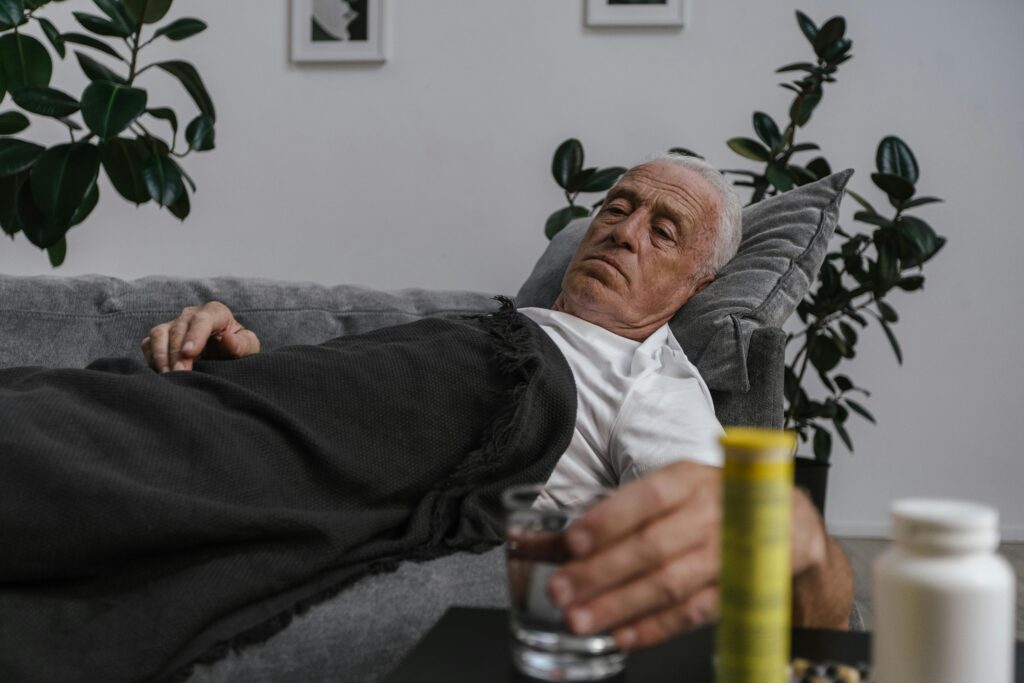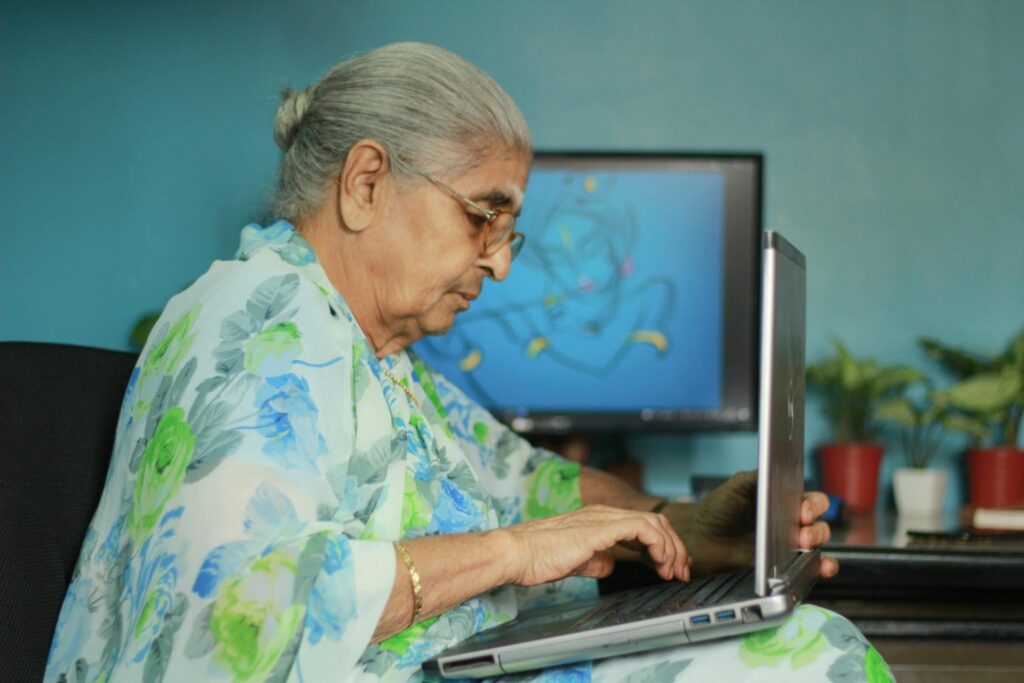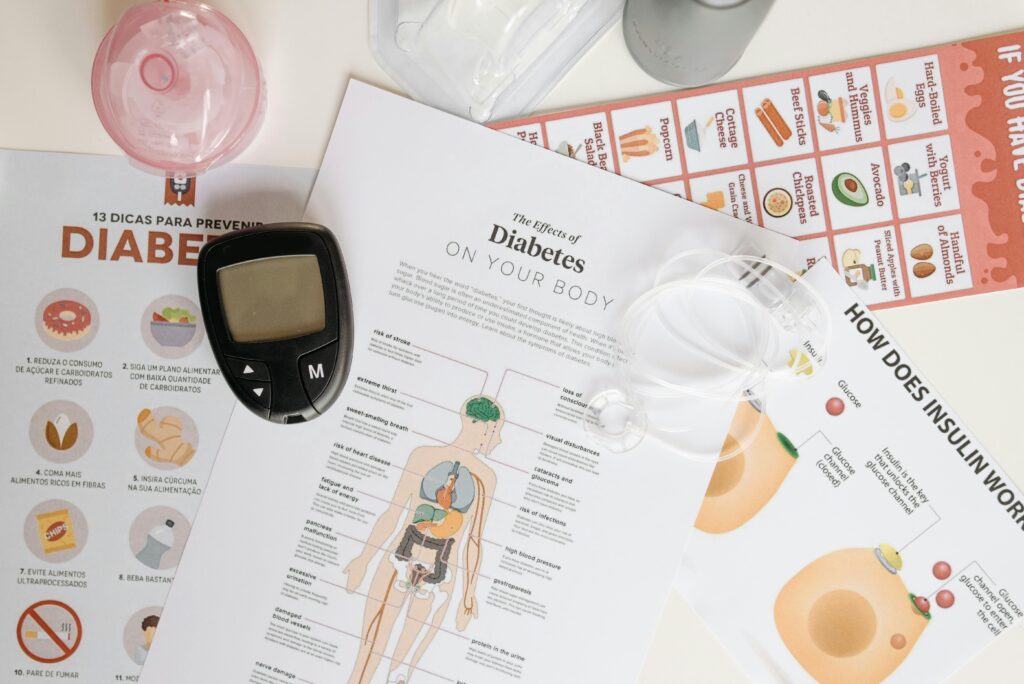Introduction
A stroke can come without warning. One moment you’re fine, the next your speech slurs, your hand won’t move, or your face droops. For older adults, a stroke is one of the most serious health events. It can affect walking, talking, memory, and even emotions. But there is good news.
In 2025, medical research is opening new doors in stroke care—helping people recover faster, prevent future strokes, and live fuller lives.
Faster Diagnosis Saves Lives
In stroke treatment, every minute counts. In 2025, emergency services are now using AI (Artificial Intelligence) tools to detect strokes quickly, even during ambulance rides. Smart apps and portable brain scanners help doctors act fast, even before reaching a hospital.
This fast response means that patients can get the right medicine—often a clot-busting injection—within the first “golden hour,” which improves chances of recovery and reduces brain damage.
Clot Removal with New Techniques
For strokes caused by a blood clot, doctors can now remove the clot using tiny tools inserted through a blood vessel in the leg. These tools reach the brain without needing surgery. This method, called mechanical thrombectomy, is safer and quicker in 2025 thanks to advanced imaging and better devices.
Elderly patients, even those over 80, are recovering faster with fewer long-term issues thanks to this breakthrough.
New Medicines for Stroke Recovery
2025 has brought a new group of medicines that help brain cells heal after a stroke. These drugs help reduce swelling in the brain and protect damaged cells. They are most effective when given within a few hours of a stroke.
Doctors also use newer blood thinners that are safer and easier to manage, reducing the risk of another stroke without causing dangerous bleeding.
At-Home Rehabilitation Gets Smarter
Rehabilitation after a stroke is just as important as emergency treatment. This year, new home-based recovery programs are using virtual therapy and motion-sensing devices. These tools help older adults practice walking, speaking, and using their hands—without having to travel daily to a hospital.
Speech therapy, physical therapy, and occupational therapy are now available online, guided by real therapists, helping stroke survivors regain independence from the comfort of home.
Preventing the Next Stroke
Doctors are now more focused on preventing second strokes. Research in 2025 highlights a few major steps:
- Managing blood pressure through personalized treatment.
- Using smartwatches to detect irregular heartbeats like atrial fibrillation.
- Encouraging regular walking and healthy food habits.
- Checking and treating cholesterol and sugar levels early.
These preventive methods are simple but powerful, especially for older adults with other health conditions.
Mental and Emotional Healing
A stroke can also affect mood, memory, and emotions. Depression and confusion are common but often ignored. Thankfully, 2025 research shows that treating mental health helps the brain recover better.
Counseling, support groups, and even apps designed for stroke survivors are now being used in many stroke recovery programs. Families are also receiving better guidance on how to care for a loved one emotionally after a stroke.
Community Care and Home Visits
Community-based stroke follow-up is growing fast. In many places, nurses or therapists now visit stroke survivors at home. These visits help catch early signs of trouble, offer support, and ensure medication is being taken properly.
This approach is especially helpful for elderly stroke survivors who may find it hard to travel or live alone.
Conclusion
A stroke can change life in a moment. But with today’s research and tools, recovery is more possible than ever. From fast treatment to smart rehabilitation, the future after a stroke is brighter and more hopeful. It’s never too late to rebuild strength, speech, and independence.
Call to Action
If someone you know has had a stroke, share this blog with them. The latest research can help them take the next step toward healing. Follow us for more updates that make health care simpler, safer, and closer to home.






